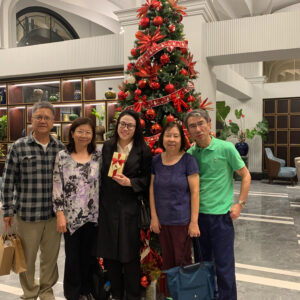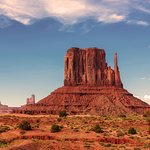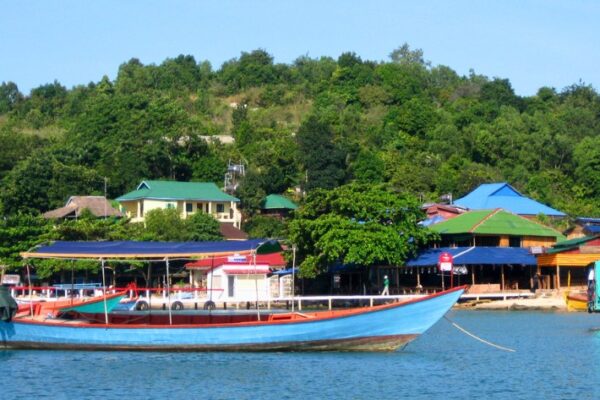We Offer Private Tailor-made Tours to Asia
It's YOUR HOLIDAY and you deserve the best!
Established in 2009, Asia Pioneer Travel (formerly Indochina Pioneer) has become a leading travel company focusing on private tours to high-end customers in Asia. We listen carefully to our customers to craft a unique holiday filled with fun and exciting experiences, an adventure that they would talk about for years to come!
For 14 years, Asia Pioneer has proudly created hundreds of tours and served more than 35,000 customers from around the globe.
Where Can We Take You?
Thailand
Explore Thailand – the gem of Southeast Asia, best known for its incredible hospitality, rich culture, exotic wildlife, gorgeous beaches & striking temples.
Vietnam
Our tours are designed with highlights and unique experiences for different destinations in Vietnam. Itineraries are for suggestion and our tailor-made service is just one click away!
Cambodia
Cambodia tours are built by local travel specialists to offer a great travel experience with an insight into the country’s distinctive culture and history and attractive destinations.
Laos
Discover the stunning land of Laos with ancient temples, mysterious caves and impressive archaeological sites.
Myanmar
Our tours offer the best of Myanmar – exploring architectural masterpieces, taking on a balloon ride, visiting the most photographic sites and much more.
Indonesia
Explore the real Bali – home to spectacular landscapes, sacred temples, rich culture and genuinely warm Balinese.
Nepal
Our Nepal tours are filled with amazing experiences of trekking, white water rafting, yoga retreat and cultural exploration. Itineraries are for suggestion and our tailor-made service is just one click away!
Three Easy Steps
To Book Your Dream Vacation With Us
1. Discover
Browse our website for tour ideas. Send us a request and let us know what you’re looking for.
2. Customize
Based on your request we will send you our best tour proposal. You can then get an itinerary customized to fit your preferences.
3. Book your trip
Once you’re satisfied with our customized proposal, book your chosen trip with Asia Pioneer, securely backed by ASTA.
Why travel with Asia Pioneer Travel?
100% Tailor made
- Your entire holiday is designed around your requirements
- Explore your interests at your own speed
- Select your preferred style of accommodation
- Create the perfect trip with the help of our specialists
Expert knowledge
- All our specialists have travelled extensively or lived in their specialist regions
- The same specialist will handle your trip from start to finish
- Make the most of your time and budget
The best guides
- Make the difference between a good trip and an outstanding one
- Hand picked by us or our local partners as the best available
- Offering more than just dates and names, they strive to offer real insight into their country
Trusted service
- FCDO Travel Aware Partner
- 24/7 emergency UK support while abroad
- Established in 2009



Our Featured Tours
Asia Travel Tips, Best Practices and Updates
Unforgettable Memories
















